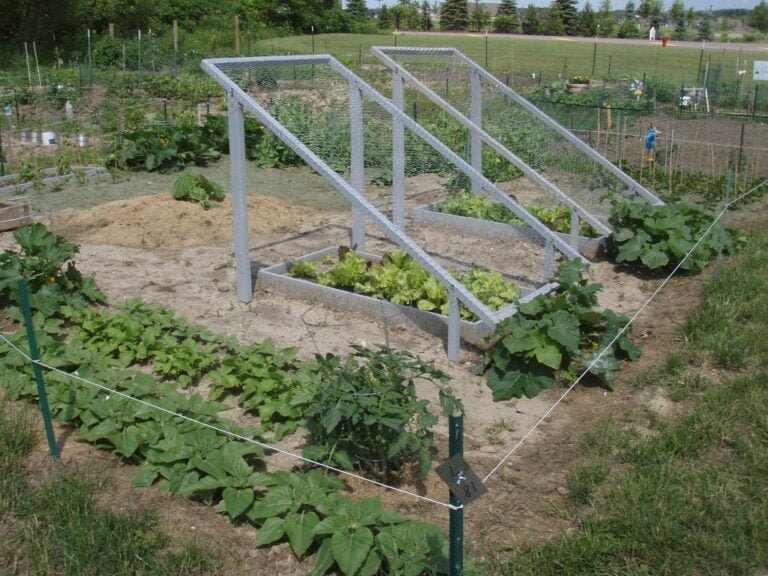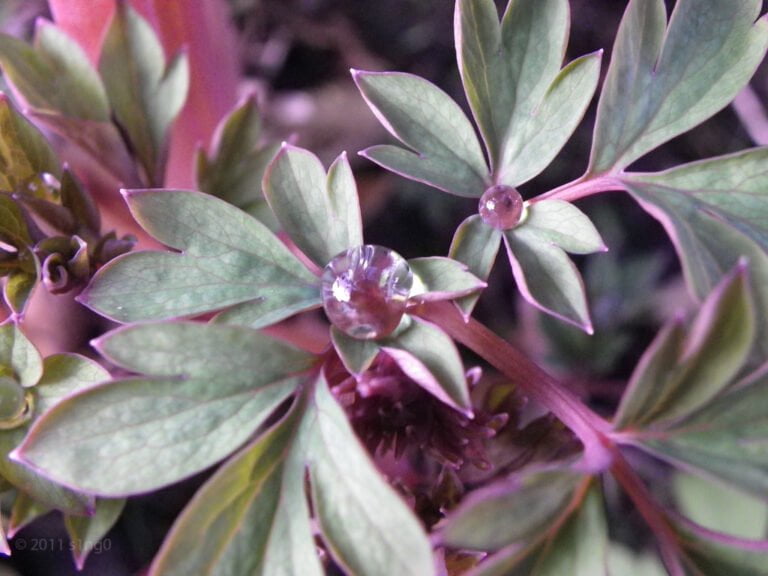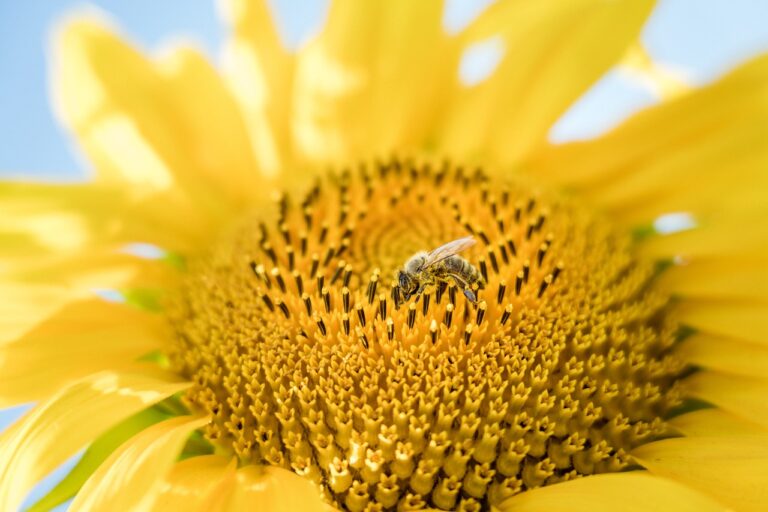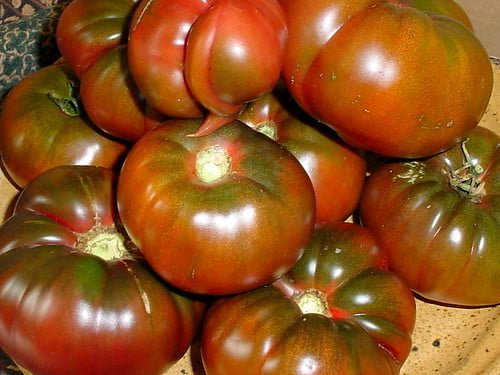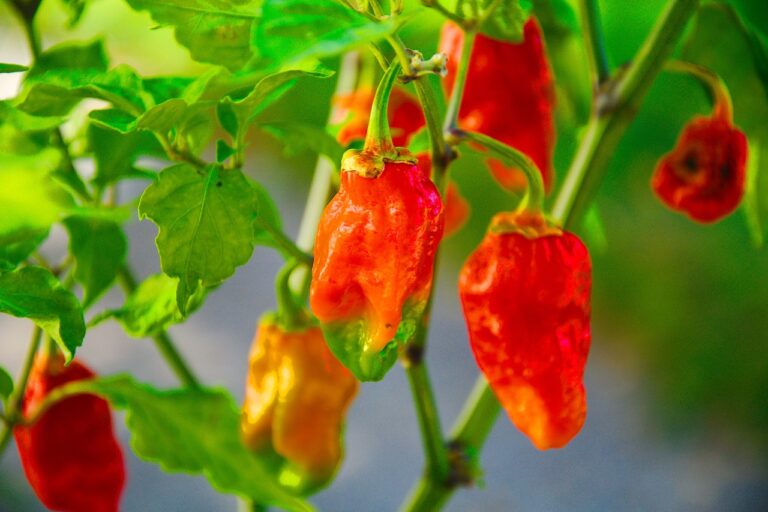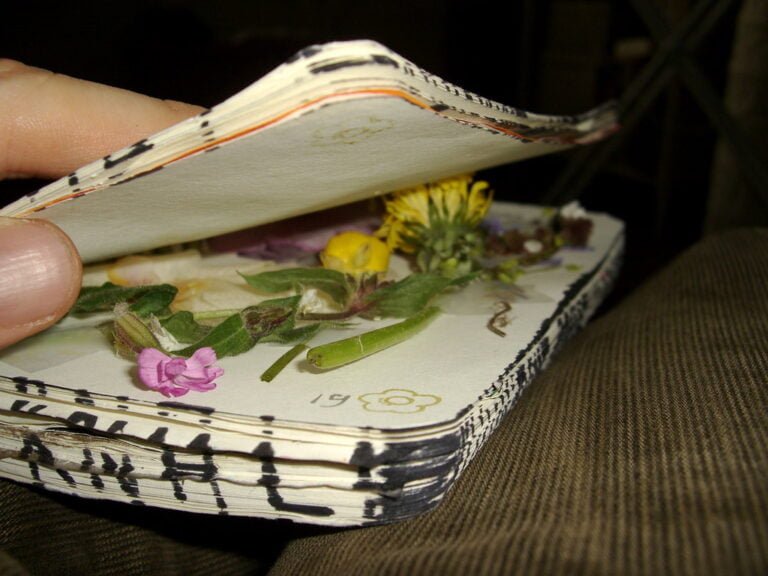Step-by-Step Guide to Harvesting Romaine Lettuce
To harvest Romaine lettuce, make sure it’s 8-12 inches tall with deep green, crisp leaves. Best green color signals freshness and nutrients. Morning harvest maintains crispness. Use sharp and clean garden shears for precise cutting. Choose outer leaves first, cutting at the base for inner leaves to thrive. Wash leaves under cool water, shake dry, and store in a perforated plastic bag with a damp paper towel in the fridge. To promote regrowth, use the Leaf-Cutting Technique. Avoid spoiling by keeping lettuce away from ethylene gas and consuming within 7-10 days. Maintain freshness by promptly removing any spoiled leaves.
Checking Romaine Lettuce Size and Texture
When assessing the readiness of your romaine lettuce for harvest, make sure it has reached the optimal height of 8-12 inches with deep green leaves that exhibit a crisp texture upon touch. This height indicates that the lettuce is mature enough to be harvested and will provide the best flavor and texture for your salads. The rich green color of the leaves is a good indicator of the lettuce’s nutrient content and freshness. This vibrant color also signifies that the lettuce has received sufficient sunlight for photosynthesis, resulting in a more flavorful and nutritious leaf.
To guarantee that your romaine lettuce is at its peak for harvest, pay attention to the moisture content in the morning. Harvesting in the morning when the leaves are still cool from the night and have absorbed moisture from the soil will help maintain their crispness and freshness. The crunchy texture of the leaves is essential for a satisfying salad experience, as it adds a invigorating crunch to each bite. Additionally, for different culinary uses, smaller leaves can be harvested for microgreens or as baby greens, while mature leaves are perfect for salads. By selecting the right size and texture of romaine lettuce for your specific needs, you can enhance the flavors and presentation of your dishes.
Using Garden Shears for Harvesting
When using garden shears for harvesting romaine lettuce, it’s important to select a sharp and clean tool to prevent plant damage. Holding the lettuce head securely while cutting guarantees a clean and precise harvest just above the soil line. This method promotes regrowth and healthy development of the plant for future harvests.
Proper Tool Selection
To harvest romaine lettuce effectively, opt for garden shears as they provide accurate and neat cuts, promoting plant health and future regrowth. Garden shears are the perfect tool for cutting romaine lettuce due to their sharp blades, which guarantee a quick and efficient harvesting process without causing unnecessary stress to the lettuce plant. By using garden shears, you can easily access the base of the leaves or head, making the harvesting of romaine lettuce a seamless task. Keeping your garden shears properly sanitized is crucial to minimize the risk of transmitting diseases or pests to the lettuce plant during harvesting. Overall, selecting the right tool like garden shears can make a significant difference in the quality of your harvest and the regrowth of your romaine lettuce.
Cutting Technique Tips
For precise and efficient harvesting of romaine lettuce, utilize sharp garden shears to guarantee clean cuts that promote plant health and regrowth. When cutting romaine lettuce, make sure the shears are sharp to minimize damage and promote new leaf growth. Cut the lettuce head above the soil line to encourage regrowth. It’s important to avoid tearing or bruising the leaves during the harvesting process. Regularly cleaning and sharpening your garden shears is necessary for making clean cuts and maintaining plant health. By following these harvesting technique tips and using the right tools, you can effectively harvest romaine lettuce while ensuring the plant’s vitality and future growth.
Handling Harvested Leaves
To handle harvested romaine lettuce leaves effectively using garden shears, focus on cleanly cutting the mature outer leaves near the stem base to minimize plant damage. When handling harvested leaves, remember these key points:
- Precision Cuts: Use sharp shears to guarantee clean cuts near the base of the leaves, preventing unnecessary tearing.
- Hydration Matters: Harvest in the morning when the leaves are most hydrated for ideal texture and flavor.
- Promote Regrowth: Trim off any damaged or yellowing leaves during harvest to encourage healthy regrowth and maintain the plant’s importance.
Following these steps will not only help preserve the quality of the harvested leaves but also support the continued growth of your romaine lettuce plant.
Harvesting Outer Leaves First
When harvesting romaine lettuce, it’s essential to start by selecting the outer leaves that have reached a desirable size, ensuring continuous growth of the plant. Using garden shears, I recommend cutting these outer leaves at the base to allow the inner leaves to flourish. By consistently harvesting the outer leaves every few days, you’ll maintain a fresh and bountiful supply while encouraging the romaine lettuce to produce new growth.
Outer Leaf Selection
How do we identify the optimal outer leaves for harvesting romaine lettuce to guarantee continuous growth of the inner leaves?
- Look for mature outer leaves that have reached a desirable size for harvesting.
- Harvest the outer leaves at the base of the plant to promote new leaf growth and prevent bolting.
- Leave a few mature outer leaves on the plant to support the inner leaves as they continue growing.
Choosing the right outer leaves is vital in the harvesting process. By selecting mature leaves at the base of the plant and allowing new leaves to grow, you secure a sustainable harvest while maintaining the plant’s health. This method not only supports the growth of inner leaves but also helps prevent the romaine lettuce from bolting prematurely.
Proper Cutting Technique
For an effective harvest of romaine lettuce, start by selecting mature outer leaves that measure at least 4-6 inches in length. Using sharp scissors, cut the outer leaves at the base of the plant, guaranteeing a clean cut that doesn’t harm the rest of the plant. Leave around 6-8 lower and outer leaves on the plant to promote continued growth. Opt for a morning harvest when the leaves are crisp and full of moisture, making them easier to cut and preserving their freshness. By regularly harvesting the outer leaves, you stimulate new growth and prevent the romaine lettuce from bolting prematurely. This proper cutting technique not only ensures a bountiful harvest but also supports the plant’s health and vitality.
Washing Harvested Leaves Thoroughly
After harvesting romaine lettuce leaves, make sure to rinse them under cool running water to remove any dirt or debris, maintaining food safety and freshness. Here are three essential steps to guarantee your harvested lettuce leaves are thoroughly washed:
- Rinsing Under Cool Water: Place the harvested leaves under a gentle stream of cool water. This process helps to dislodge any dirt, insects, or debris that may be clinging to the leaves. Make certain you rinse each leaf individually, paying attention to the crevices where dirt can hide.
- Shaking and Drying: Once the leaves are thoroughly rinsed, gently shake them or use a salad spinner to remove excess water. Drying the leaves properly is vital to prevent them from becoming soggy when stored. Wet leaves can lead to quicker deterioration, affecting the overall quality of your lettuce.
- Removing Contaminants: Even if the harvested leaves appear clean, it’s important to wash them to eliminate any potential contaminants. Washing helps maintain food safety by reducing the risk of consuming harmful bacteria or residues that may be present on the leaves.
Storing Unused Lettuce in the Refrigerator
Once the romaine lettuce leaves have been thoroughly washed, the next step is to store the unused lettuce in the refrigerator to maintain its freshness and crispness. To do this effectively, place the unwashed and dry romaine lettuce in a perforated plastic bag after wrapping it in a damp paper towel. This method helps to retain the moisture without causing the leaves to become soggy. The crisper drawer in the refrigerator is the ideal spot for storing romaine lettuce as it provides the right level of humidity to keep the leaves crisp.
When storing romaine lettuce, it is essential to avoid placing it near ethylene gas-producing fruits like apples and bananas. Ethylene gas can lead to faster wilting of the lettuce. Remember to consume the unused romaine lettuce within 7-10 days for the best taste and texture. Regularly check the stored lettuce for any signs of wilting or decay, and promptly remove any spoiled leaves to prevent them from affecting the rest of the batch.
Regrowth Encouragement After Harvesting
To promote regrowth after harvesting romaine lettuce, make sure that the roots and main stem remain intact for the best regrowth potential. Here are three essential tips to encourage the regrowth of your romaine lettuce:
- Utilize the Leaf-Cutting Technique: By employing the leaf-cutting technique, you can harvest a single plant 3-4 times during the growing season. This method involves cutting mature outer leaves close to the base, allowing the inner leaves to continue growing and producing.
- Harvest Multiple Times: Harvesting the whole head of romaine lettuce allows for 2-3 harvests in a season. Instead of uprooting the entire plant, consider picking outer leaves as needed. This method ensures continuous growth and multiple harvest opportunities.
- Choose the Appropriate Harvesting Method: Whether you opt to chop the lettuce head above ground or pick mature leaves one by one, regrowth is possible with proper harvesting techniques. Make sure that you are selecting the most appropriate method based on the growth stage of your lettuce to encourage healthy regrowth.
Maintaining Freshness in Perforated Plastic Bag
For peak freshness, remember to store your harvested romaine lettuce in a perforated plastic bag. The perforations in the bag are essential as they allow for proper air circulation, preventing moisture buildup that can lead to wilting. It’s vital not to seal the bag completely to avoid condensation, which can accelerate spoilage and reduce the lettuce’s shelf life.
To maintain ideal freshness, place the perforated plastic bag in the crisper drawer of your refrigerator. The crisper drawer helps control both temperature and humidity levels, providing an environment that keeps the lettuce crisp and fresh for a longer period.
When securing the bag, use a twist tie or clip to loosely seal it. This method ensures that there is enough airflow within the bag while still keeping the lettuce contained. By allowing for adequate ventilation, you can prevent the lettuce from becoming soggy or developing off-flavors due to trapped moisture. Remember, proper storage in a perforated plastic bag is key to extending the shelf life of your harvested romaine lettuce and enjoying it at its best.

